Scientists take measurements to unlock clues to the life cycle of a tornado
Scientists take measurements to unlock clues to the life cycle of a tornado
Focus areas:
Topics:
This spring NOAA meteorologists hopped into trucks to drive thousands of miles across the Great Plains in search of storms. With an unimpeded view of the sky and storms that can grow miles high, the plains are the perfect laboratory to examine swirls inside a thunderstorm that can lead to tornadoes.
Once they spotted a storm, they drove their two trucks with roof-mounted instruments right up to it and back and forth underneath it. For the first time researchers targeted a relatively unexplored part of the storm in the expected path of the tornado, and where large hail often occurs. Understanding winds and temperatures here is key to predicting how strong, long-lived and dangerous a tornado may be.
A tornado crossing the road
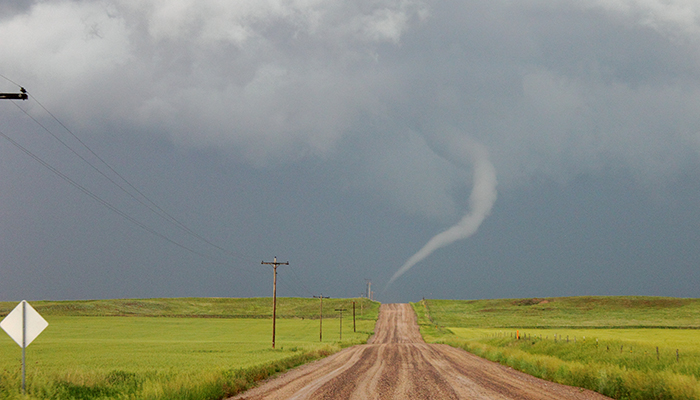
Launching a balloon before the storm
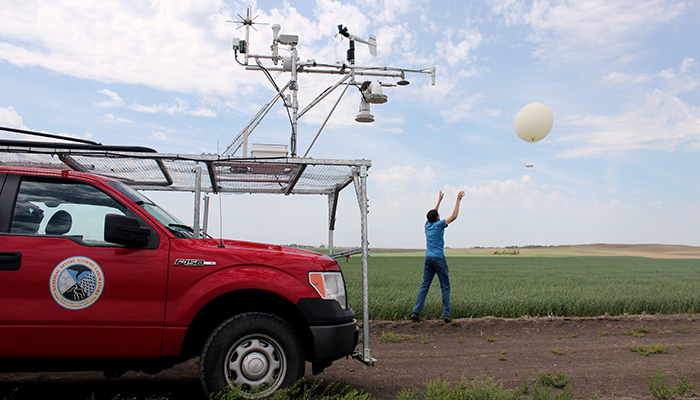
Inside the storm
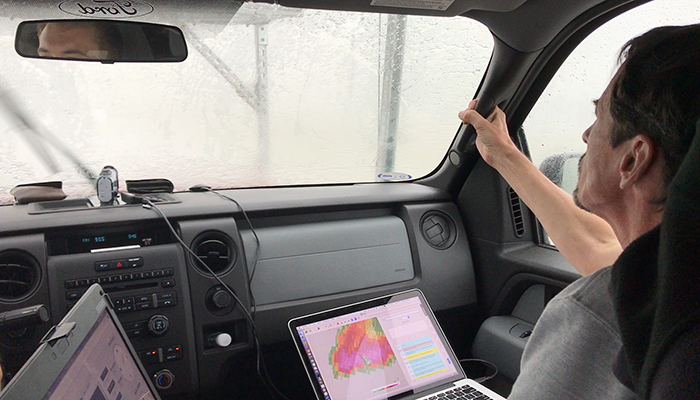
A tornado churns up a Wyoming field
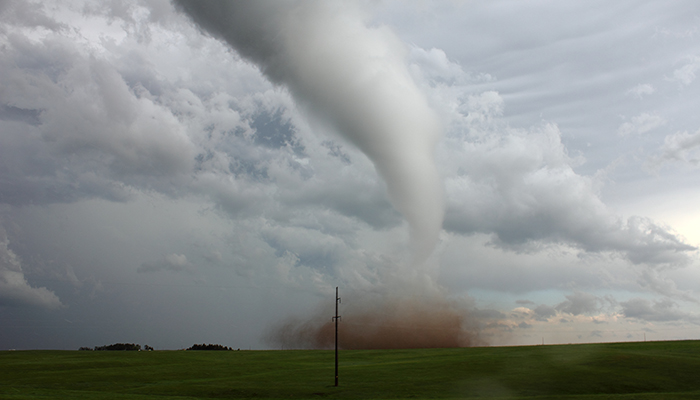
Driving in the right direction
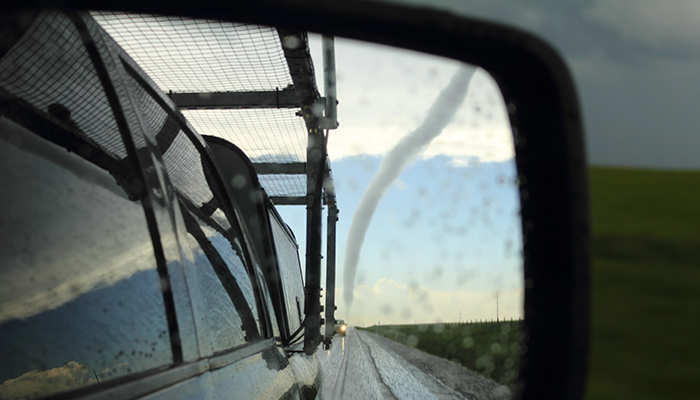
More
NSSL tornado research project


